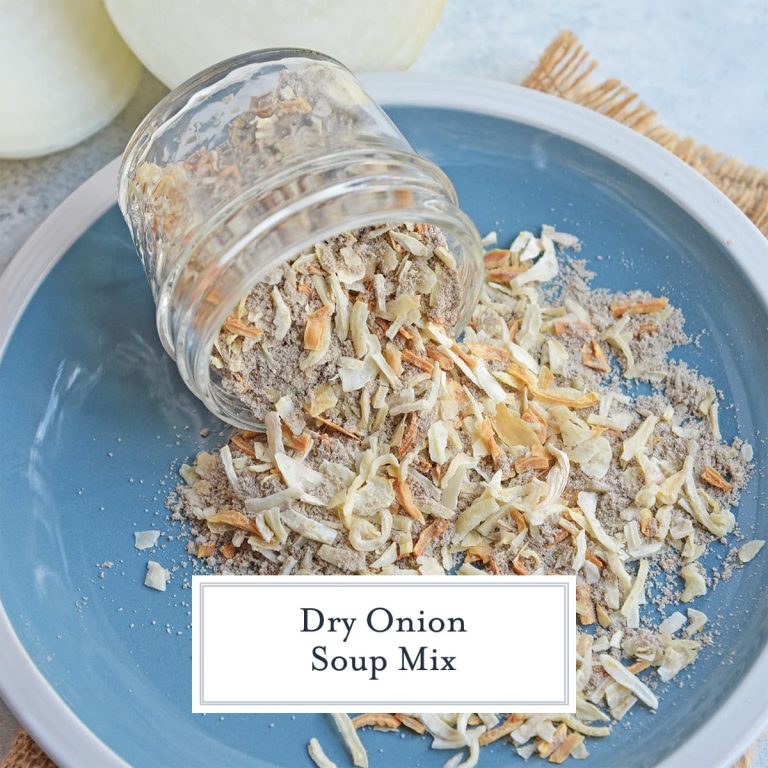Hot Sauce: Top Brands, Health Benefits, and Delicious Recipes
Hot sauces are rooted in diverse cultural histories. These condiments, found globally, reflect local ingredients and culinary traditions. For instance, Tabasco sauce originates from the US, specifically Louisiana. It’s known for its tangy flavor and medium heat. Mexican hot sauces like Cholula and Tapatío use a blend of chilies, such as pequin or árbol, giving them a complex flavor. Asian hot sauces, including Sriracha and Sambal Oelek, offer unique flavors with a spiciness level varying based on their chili content and additional ingredients like garlic and sugar. Caribbean hot sauces often include Scotch bonnet peppers and tropical fruits, resulting in both hot and sweet flavors.
Flavor Profiles
Each hot sauce delivers distinct flavor notes. Tabasco has a vinegary tang, enhancing seafood and Southern dishes. Cholula offers a mild heat with smoky undertones, ideal for tacos and eggs. Sriracha captures a balance of heat and sweet, making it versatile for use in soups and sandwiches. Sambal Oelek, primarily composed of chilies, features a raw, straightforward heat best suited for adding spiciness without altering flavors. Caribbean sauces, incorporating fruity elements, pair well with grilled meats and tropical dishes, enhancing their sweetness and spice.
Key Factors to Consider When Choosing Hot Sauce
Heat Level
The heat level of hot sauces ranges from mild to extreme. Scoville Heat Units (SHU) measure this heat level. For example, jalapeño-based sauces usually have 2,500-8,000 SHU, while habanero sauces can exceed 100,000 SHU. Consider your tolerance and the dish’s flavor balance. Use milder sauces for general cooking and hotter ones for specific recipes or for those who enjoy intense heat.
Ingredients and Flavor
Ingredients and flavor profile define the uniqueness of hot sauces. Key ingredients include different peppers, vinegar, garlic, and sugar. Regional influences also play a role. For example, Mexican sauces like Cholula often have a vinegary tang and hints of spices, while Asian sauces such as Sriracha incorporate garlic and sugar for a sweet, spicy kick. Choose a sauce with complementing flavors to enhance your dish.
Price and Availability
The cost and accessibility of hot sauces vary widely. Premium artisanal sauces can be expensive, often over $10 per bottle, while mass-produced options are generally under $5. Availability in local stores or online also matters. Popular brands like Tabasco are easily found, but niche products may require online ordering. Balance your budgetary constraints with your desire for unique taste experiences.
Top Rated Hot Sauces on the Market
Popular Brands
Several brands have consistently received high ratings for their hot sauces. Tabasco offers a classic choice, originating from Avery Island, Louisiana, and using simple yet flavorful ingredients like vinegar and aged red peppers. Its Scoville Heat Units (SHU) range from 2,500 to 5,000, making it a moderately hot option. Sriracha, developed by Huy Fong Foods, combines chili peppers, vinegar, garlic, and sugar. It sits between 1,000 and 2,500 SHU, offering a mild but flavorful experience. Cholula provides another favorite with its Mexican origins. Known for its balanced flavor profile, it contains piquin and arbol peppers, falling between 1,000 and 2,000 SHU. Frank’s RedHot is another top-rated brand, recognized for its role in Buffalo wing recipes. With 450 SHU, it offers a mild heat that complements various dishes.
Artisanal and Specialty Sauces
Artisanal and specialty hot sauces cater to unique tastes and often use high-quality, locally sourced ingredients. PuckerButt Pepper Company produces the infamous Carolina Reaper-based sauces, which can reach over 2,200,000 SHU. These extreme heat levels cater to thrill-seekers and competitive eaters. Blair’s Ultra Death Sauce offers a blend of habanero, cayenne, and serrano peppers, resulting in a fiery 800,000 SHU experience for spice enthusiasts. CaJohns Fiery Foods provides a variety of artisanal options, from mild chipotle-infused sauces to intense ghost pepper blends, showcasing versatility in flavor and heat levels. High River Sauces emphasizes quality and authenticity, using exotic ingredients like scorpion peppers and papaya to create complex flavor profiles with heats from 50,000 to 600,000 SHU.
Health Benefits and Risks of Hot Sauce
Nutritional Value
Hot sauce offers several nutritional benefits if consumed in moderation. Key ingredients like chili peppers contain capsaicin, which can boost metabolism and reduce appetite, aiding in weight management. Hot sauce is low in calories, with most varieties containing fewer than five calories per teaspoon. It also provides vitamins A and C, important for immune function and skin health. Additionally, capsaicin has anti-inflammatory properties that can help reduce pain and improve overall health.
Potential Health Risks
Overconsumption of hot sauce may lead to health issues. Excessive intake of capsaicin can cause gastrointestinal distress, including stomach pain and diarrhea. Individuals with existing gastrointestinal conditions like irritable bowel syndrome (IBS) may experience worsened symptoms. Hot sauce is often high in sodium, which can contribute to increased blood pressure and cardiovascular problems if consumed in large quantities. Always check ingredient labels to monitor sodium intake and consult a healthcare provider if you have dietary concerns.
How to Incorporate Hot Sauce into Your Meals
Cooking Tips
Use hot sauce to enhance the flavor of various dishes, whether you’re preparing breakfast, lunch, or dinner. Add a few drops to scrambled eggs or omelets for a morning kick. Mix it into marinades or rubs for meat, poultry, or seafood to infuse a spicy warmth. Combine hot sauce with vinegar and oil to create a zesty salad dressing. When making soups or stews, stir in hot sauce for an extra depth of flavor. Include mild varieties for subtle heat and more potent options for intense spice.
Cooking Tips List
- Eggs: Add to scrambled eggs or omelets.
- Marinades: Mix into marinades for meat, poultry, or seafood.
- Dressings: Combine with vinegar and oil for salad dressings.
- Soups/Stews: Stir into soups or stews for added depth.
- Pasta: Mix into pasta sauces for a spicy twist.
Recipe Suggestions
Experiment with specific recipes to see how different types of hot sauce can enhance your culinary creations. Try Sriracha in a classic Vietnamese pho for a balanced heat. Use Cholula to spice up Mexican dishes like tacos or enchiladas. For barbecue, blend Frank’s RedHot into your sauce for a tangy, peppery kick. Incorporate Tabasco into Bloody Mary cocktails for a flavorful punch. If you enjoy an adventurous snack, drizzle a specialty hot sauce over popcorn or roasted nuts.
- Pho: Add Sriracha to Vietnamese pho.
- Tacos: Use Cholula for spicy Mexican tacos.
- BBQ Sauce: Blend Frank’s RedHot into barbecue sauce.
- Bloody Mary: Mix Tabasco into Bloody Mary cocktails.
- Snacks: Drizzle specialty hot sauce over popcorn or nuts.
Conclusion
Choosing the best hot sauce can elevate your culinary adventures and add a unique kick to your dishes. Whether you prefer the classic taste of Tabasco or the bold flavors of artisanal options, there’s a hot sauce for every palate. Embrace the health benefits while being mindful of the heat level that suits you best. Experiment with different recipes and don’t hesitate to drizzle your favorite hot sauce over snacks for an extra burst of flavor. Your journey through the world of hot sauces promises endless possibilities and delicious discoveries.






